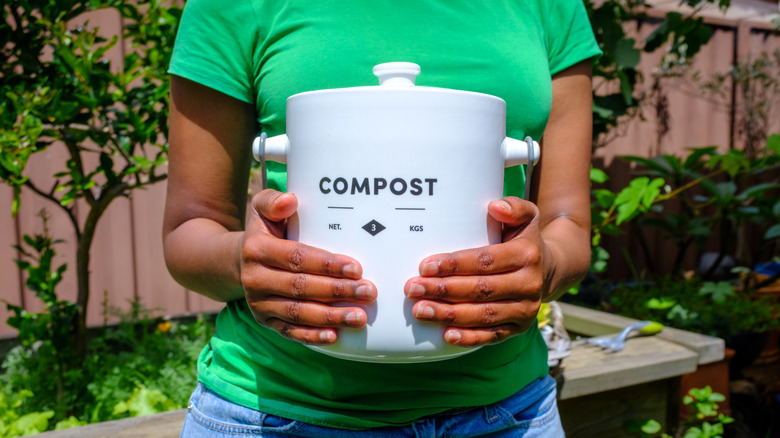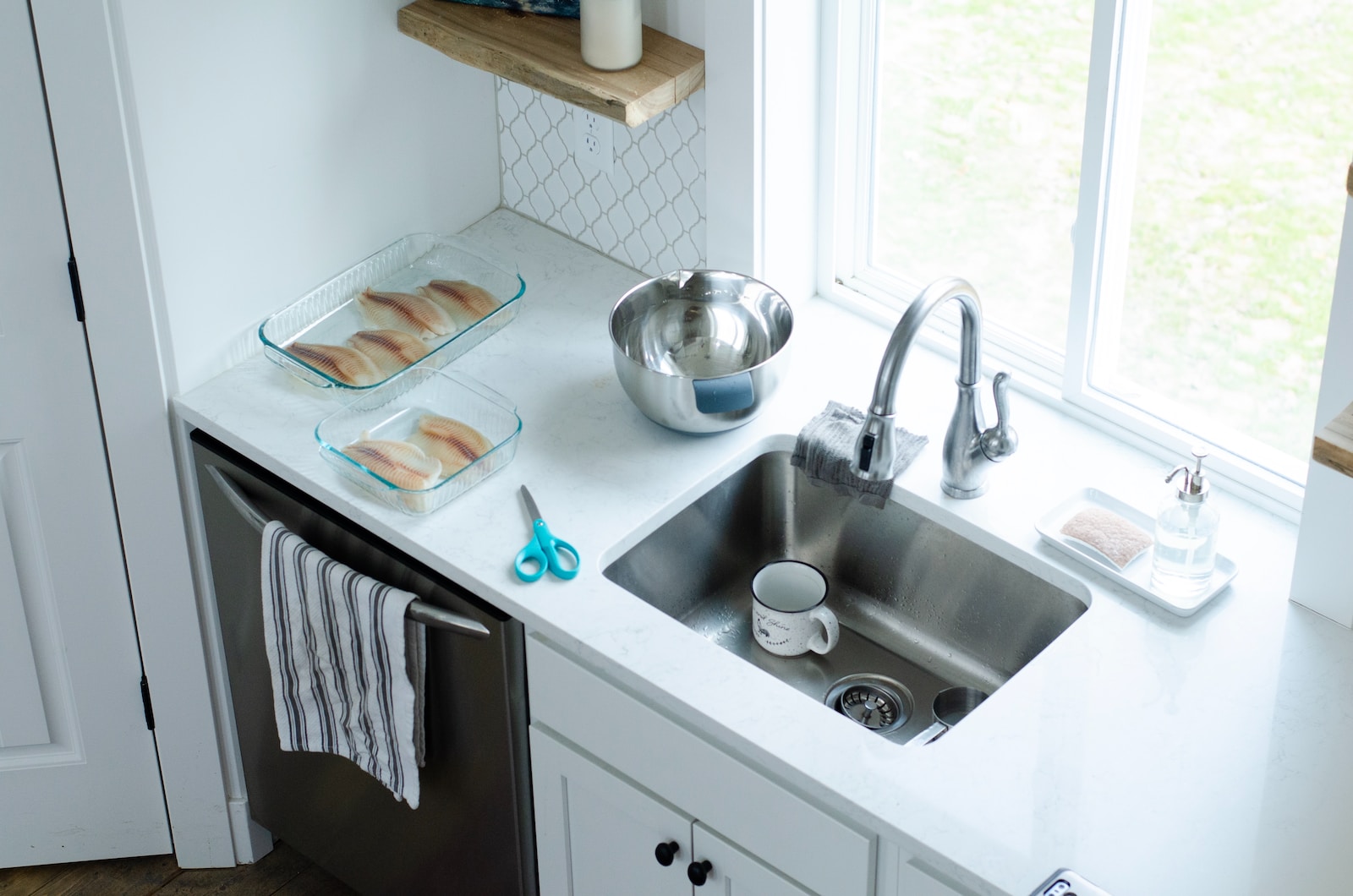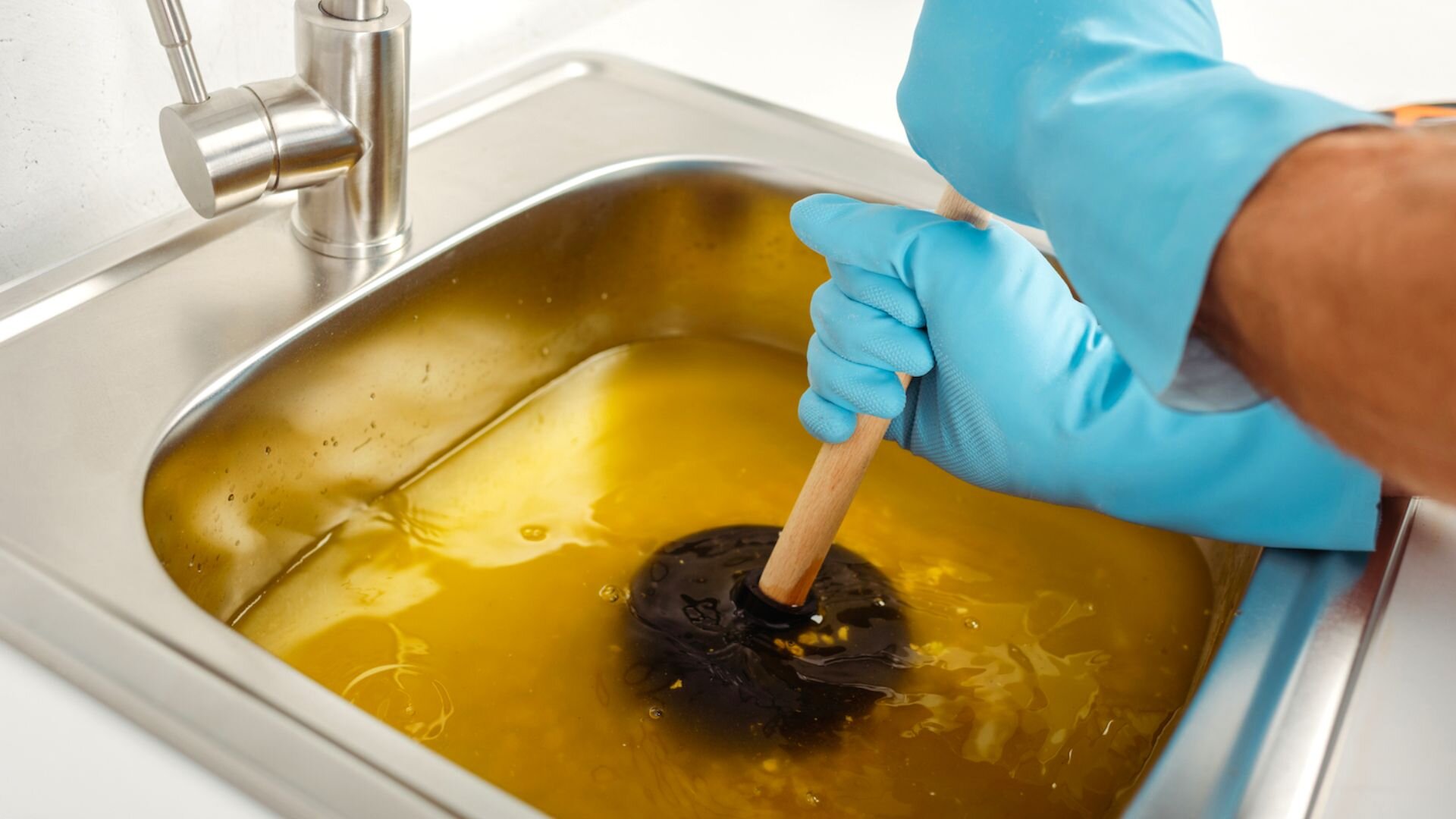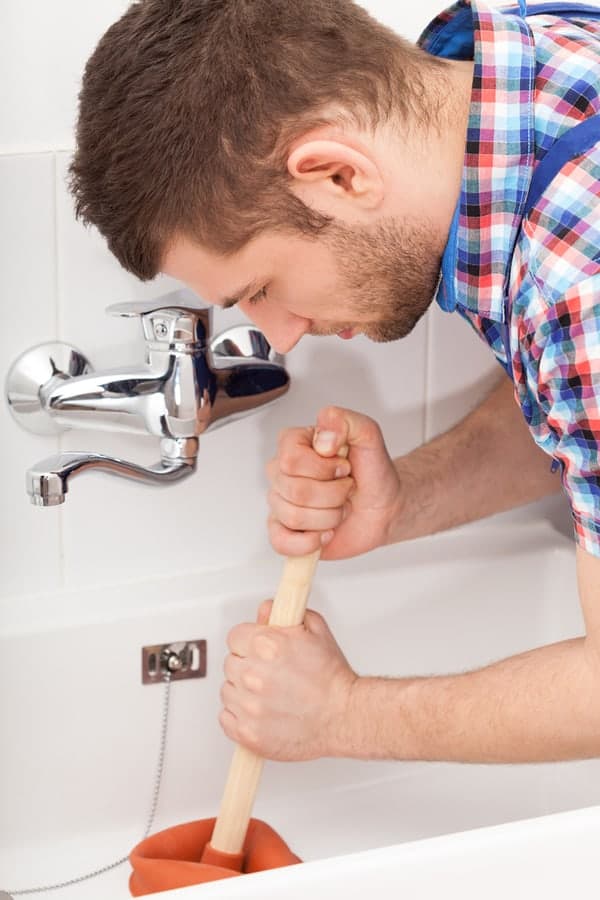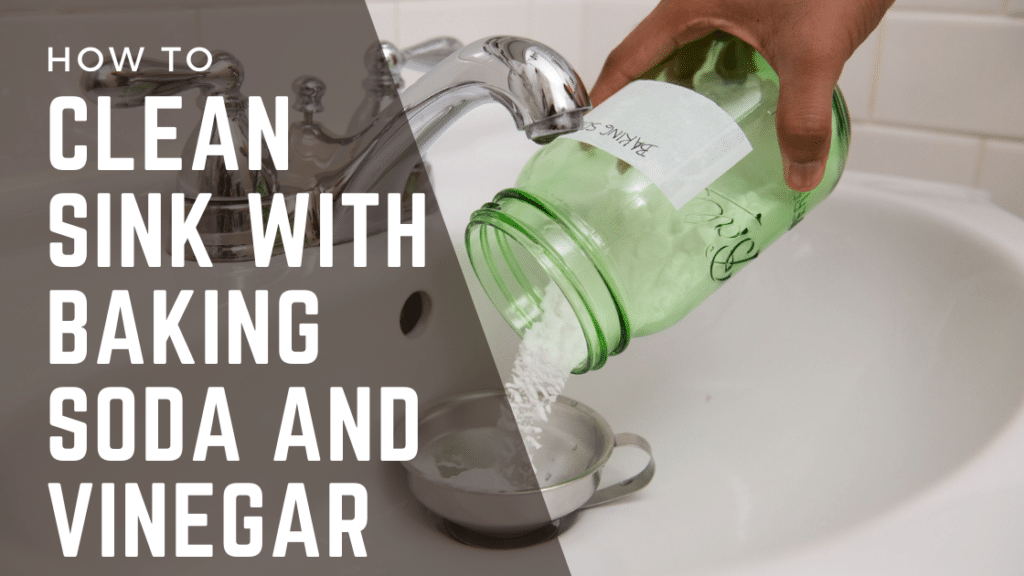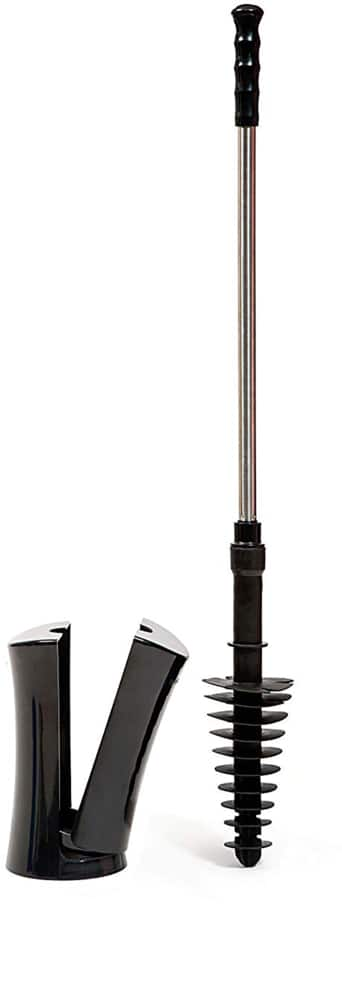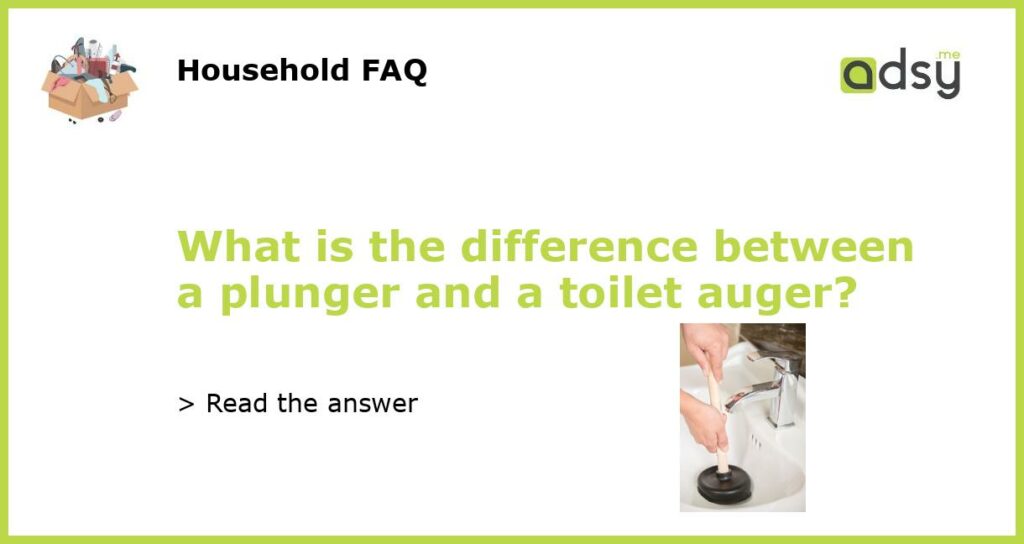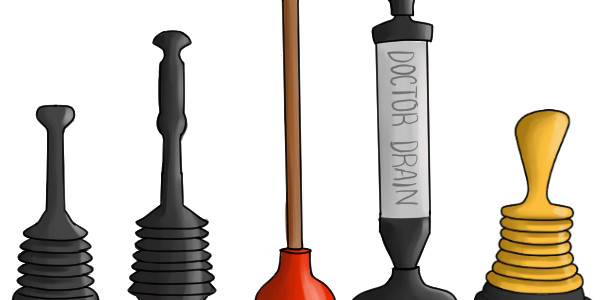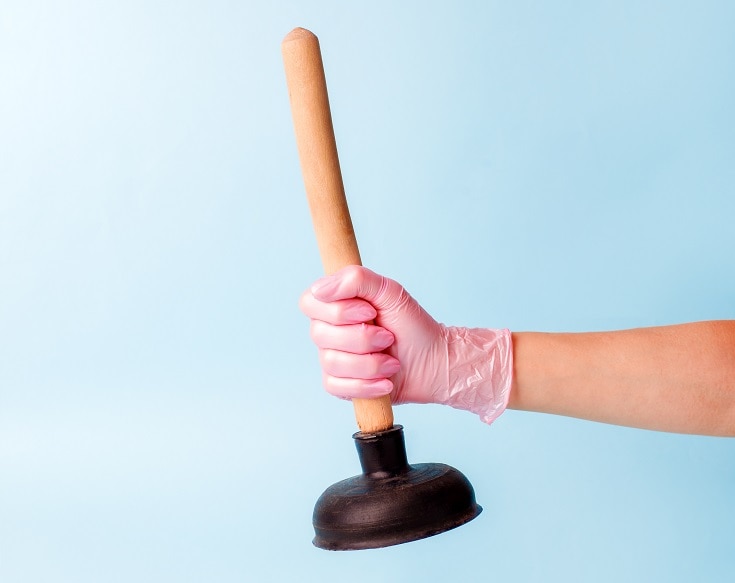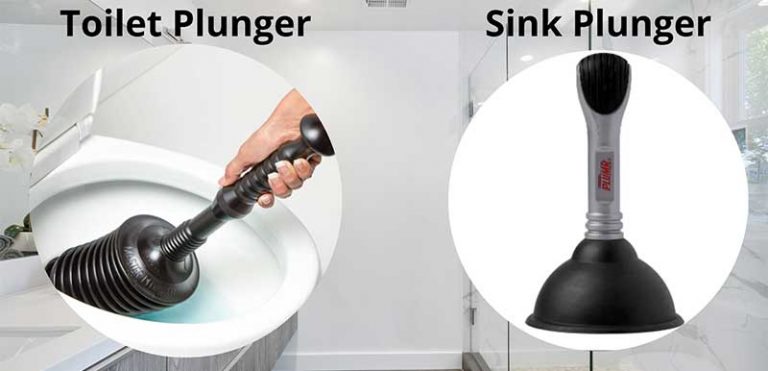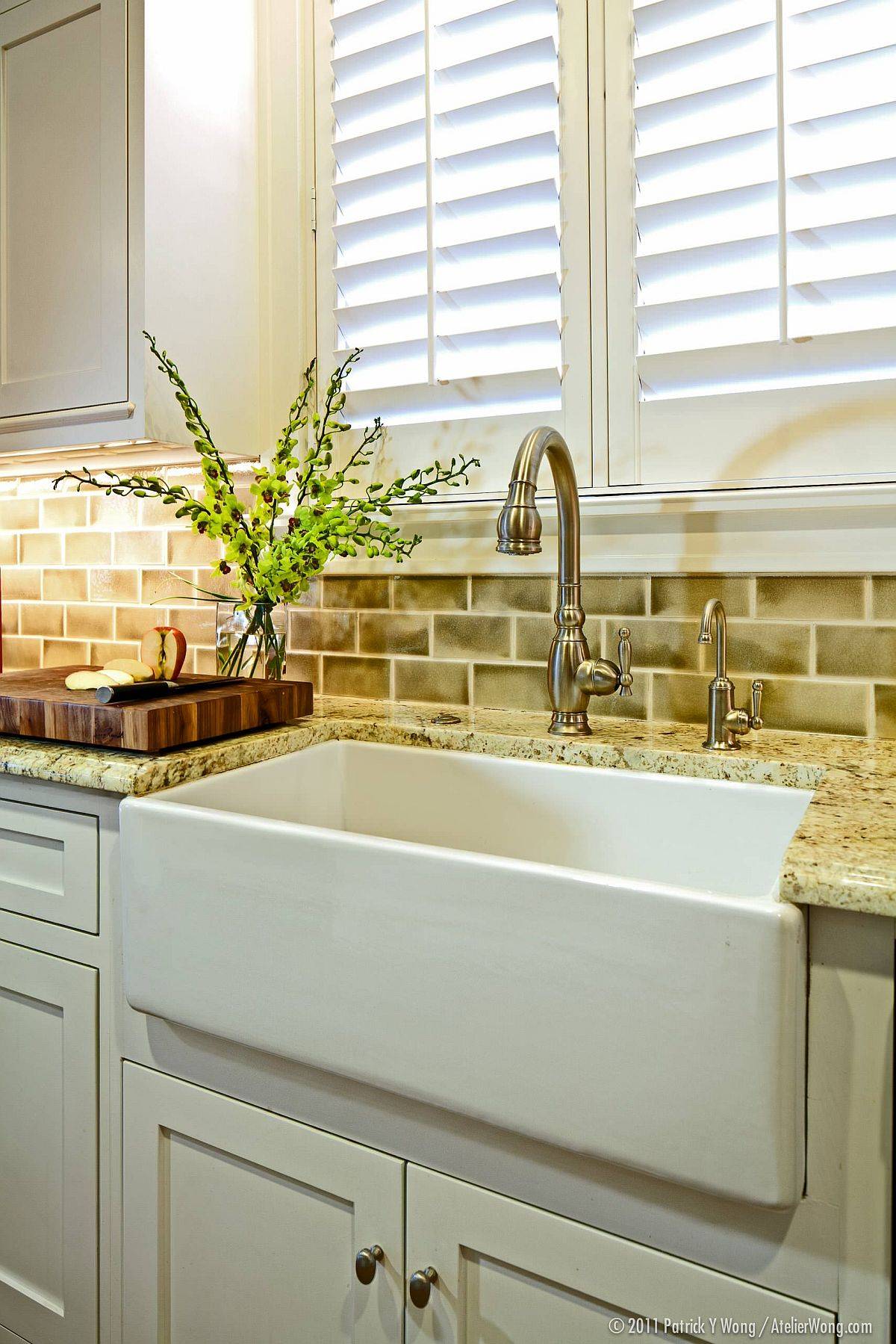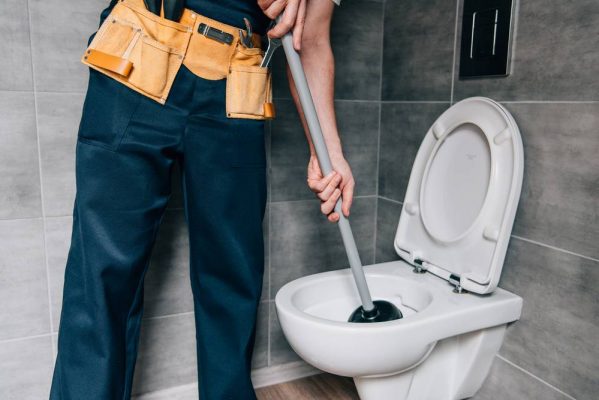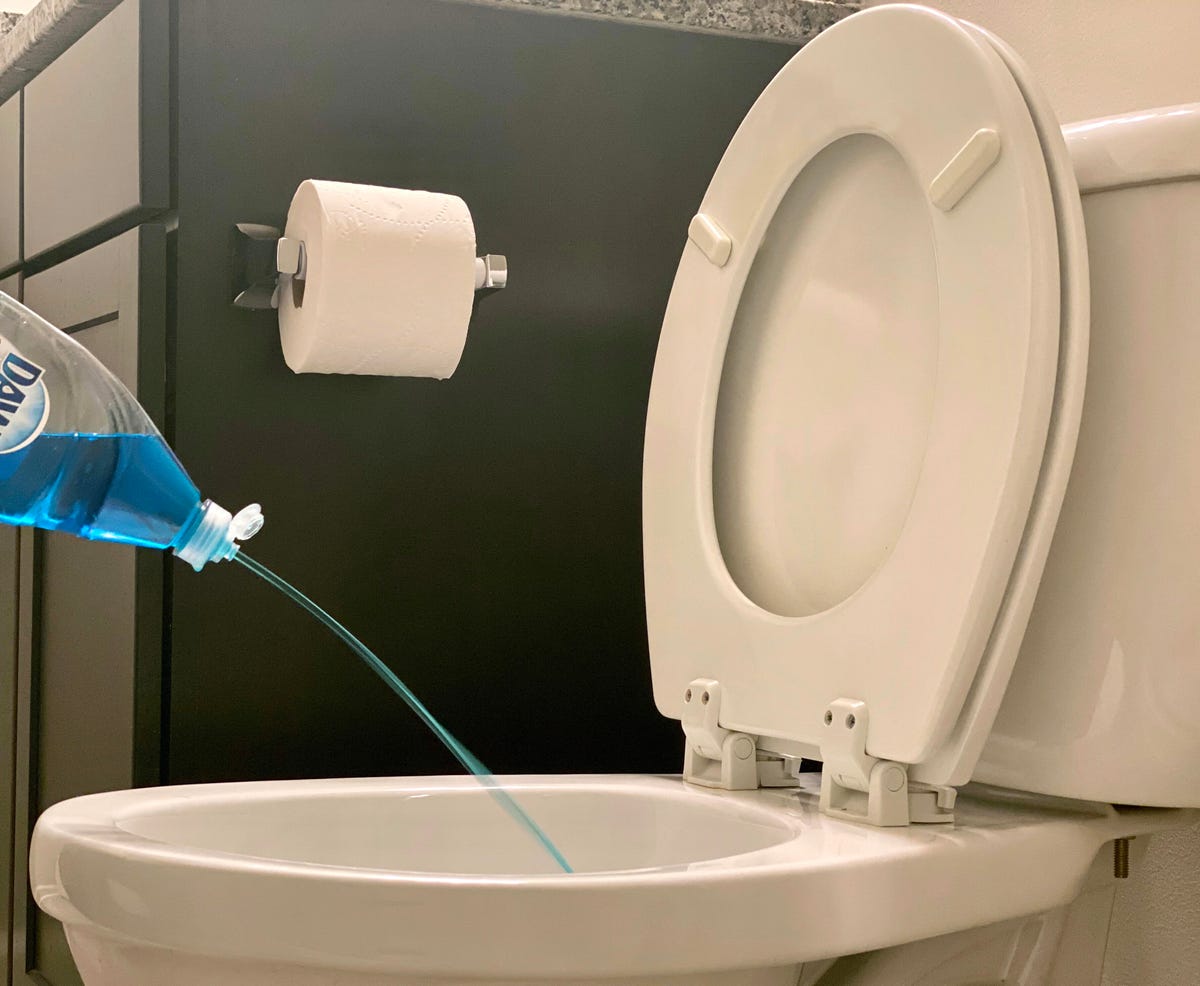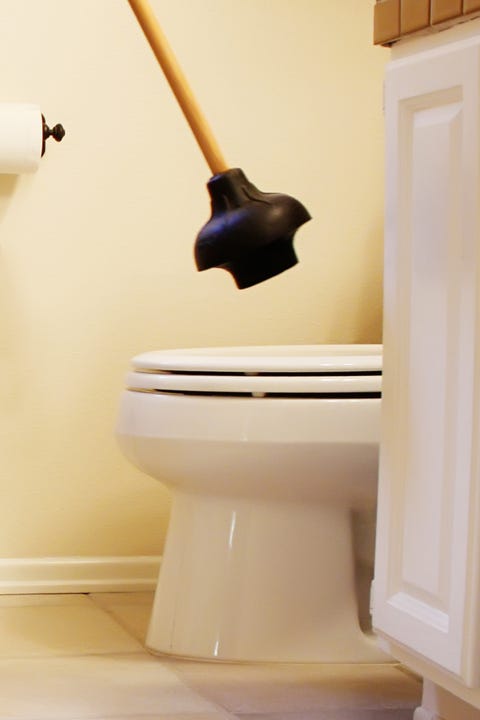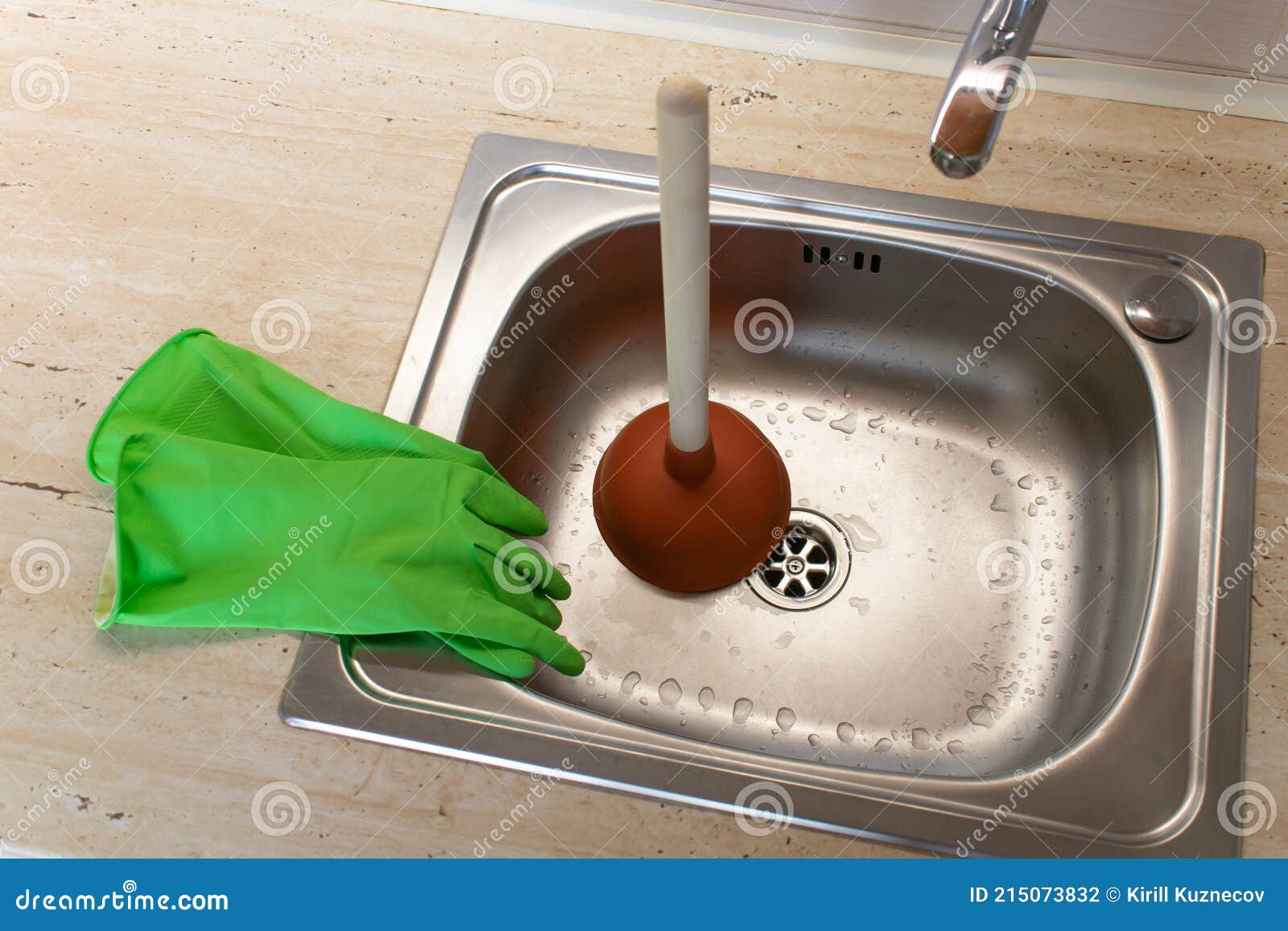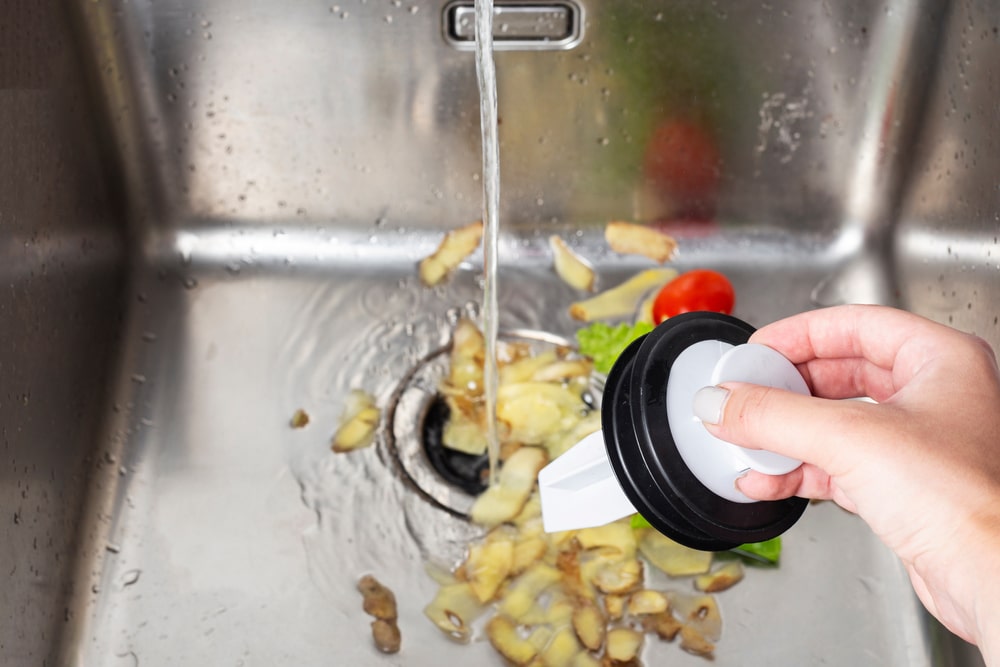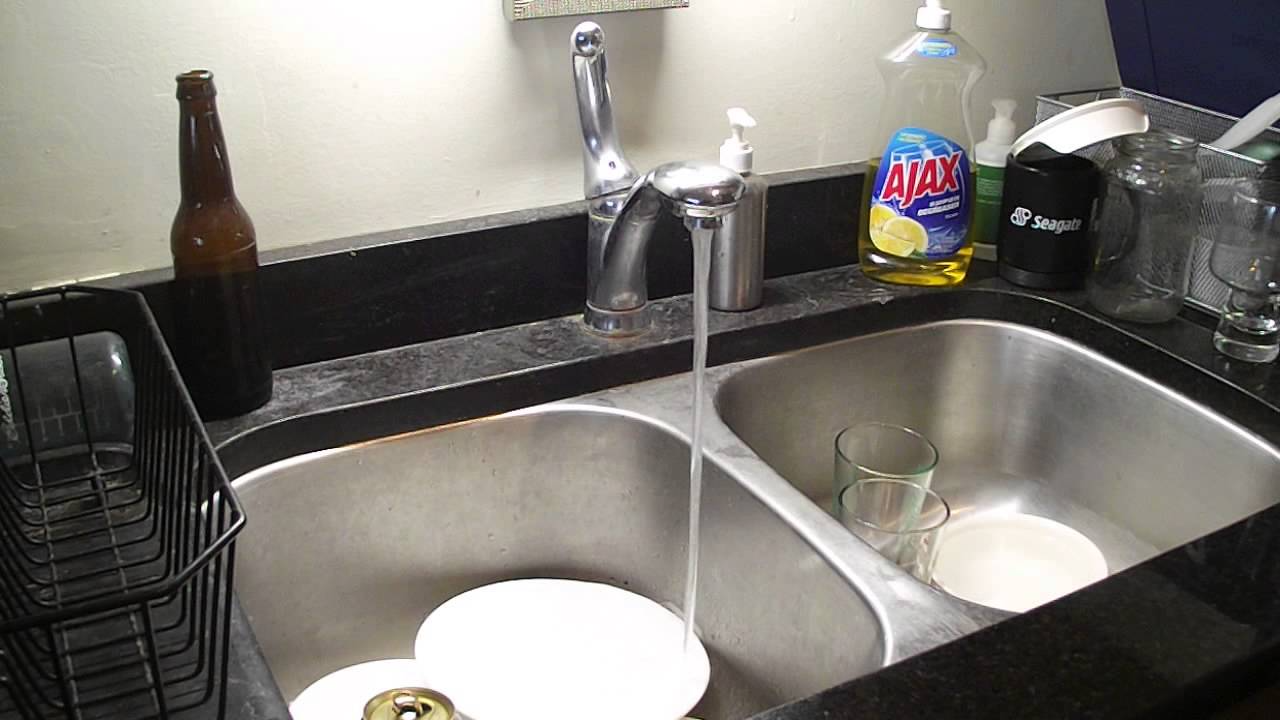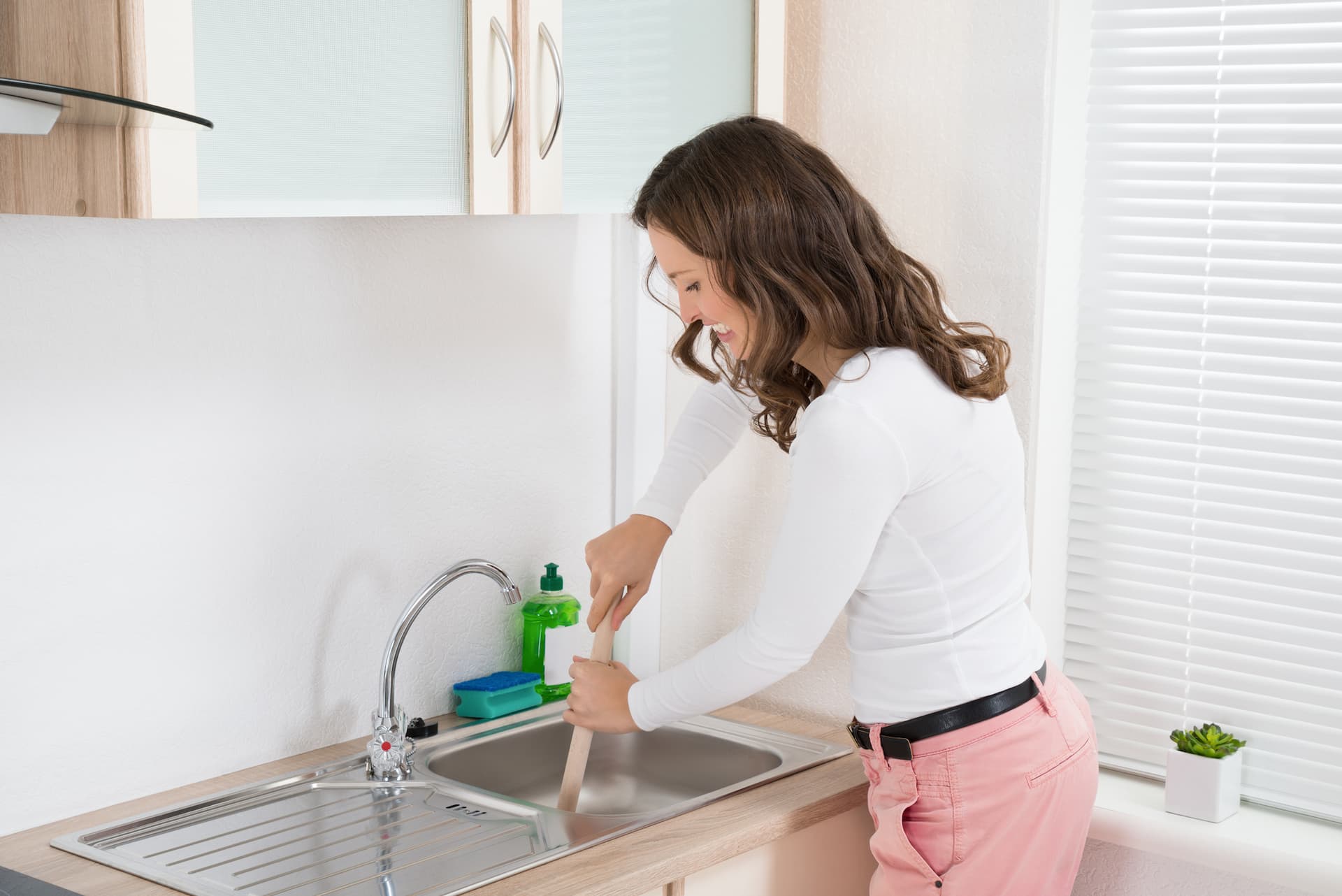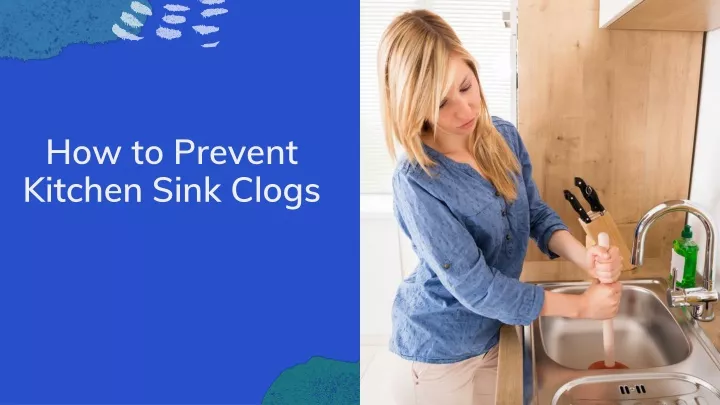If you've ever experienced a clogged kitchen sink, you know how frustrating it can be. Not only does it disrupt your daily routine, but it also creates a mess in your sink. Thankfully, a plunger can be a handy tool to unclog your kitchen sink and get things back to normal. But before you start plunging away, here's a step-by-step guide on how to use a plunger to unclog a kitchen sink. To begin, fill your sink with a few inches of water. This creates suction and helps the plunger to work more effectively. Make sure the water covers the rubber part of the plunger. Next, place the plunger over the drain and make sure it creates a tight seal. You can add some petroleum jelly to the rim of the plunger if needed. Now it's time to start plunging. Use quick and forceful motions, pushing and pulling the plunger up and down. This will help to dislodge any clogs in the drain. Keep plunging for a few minutes, and then check to see if the water is draining. If it's not, continue plunging until the clog is cleared. Once the water starts to drain, run hot water down the sink to flush out any remaining debris. If the sink is still not draining properly, you may need to repeat the plunging process a few times. Remember to always use a plunger specifically designed for sinks, as they have a different shape than toilet plungers and are more effective for unclogging sink drains.1. How to Use a Plunger to Unclog a Kitchen Sink
When it comes to choosing the right plunger for your kitchen sink, not all plungers are created equal. There are two main types of plungers: cup plungers and flange plungers. A cup plunger is the most common type, with a flat rubber cup attached to a wooden or plastic handle. These are best for flat surfaces, such as sinks, bathtubs, and showers. A flange plunger, also known as a toilet plunger, has an extra piece of rubber extending from the bottom of the cup. This makes it more effective for clearing clogs in curved pipes, such as those found in toilets. However, they can also be used on sinks and are a good option if you have both a toilet and sink that need unclogging. When choosing a plunger, also consider the size of the cup. A smaller cup is better for sinks, while a larger cup is more suitable for toilets. It's also important to choose a plunger with a sturdy handle for easier and more effective plunging.2. The Best Plunger for Unclogging Kitchen Sinks
If you don't have a plunger on hand, or if the plunger is not effective in unclogging your kitchen sink, there are a few DIY methods you can try before calling a professional plumber. One common method is using a mixture of baking soda and vinegar. Pour 1/2 cup of baking soda down the drain, followed by 1/2 cup of vinegar. Let it sit for a few minutes, then pour hot water down the drain to flush out the clog. You can also try using a drain snake, a long flexible tool with a spiral end that can reach deep into the pipes to dislodge clogs. Insert the snake into the drain and turn it clockwise while pushing it in. Once you feel resistance, turn the snake counterclockwise to break up the clog. If these DIY methods don't work, it's time to call a professional plumber. They have the tools and expertise to unclog even the toughest kitchen sink clogs.3. DIY Methods for Unclogging a Kitchen Sink
For an extra boost of effectiveness, you can combine the power of a plunger with baking soda. This method works best for minor clogs and can be done in a few simple steps. First, remove any standing water from the sink. Next, sprinkle 1/2 cup of baking soda down the drain, followed by 1/2 cup of white vinegar. Let it sit for a few minutes, then add more hot water to the sink. Now, use the plunger to create suction and try to dislodge the clog. The combination of baking soda and vinegar will help to break down any debris, making it easier for the plunger to clear the drain. Keep plunging until the water starts to drain properly. Finally, run hot water down the drain for a few minutes to flush out any remaining debris. This method can also be used as a preventative measure to keep your kitchen sink from getting clogged in the future.4. How to Unclog a Kitchen Sink with a Plunger and Baking Soda
A plunger can be a powerful tool for unclogging a kitchen sink, but there are a few tips to keep in mind to ensure success. First, always use a plunger specifically designed for sinks, as mentioned earlier. This will provide a better seal and make it easier to create suction. It's also important to cover any overflow holes in the sink with a wet cloth. This will prevent air from escaping and help to create a stronger suction. Additionally, make sure to use quick and forceful plunging motions. This will help to dislodge the clog more effectively than slow and gentle plunging. Lastly, don't be discouraged if the first attempt at using a plunger doesn't work. It may take a few tries to fully clear the clog, especially if it's a stubborn one. Keep at it, and if all else fails, it's time to call a professional plumber.5. Tips for Using a Plunger to Unclog a Kitchen Sink
As mentioned earlier, there are two main types of plungers: cup plungers and flange plungers. Cup plungers are best for sinks, while flange plungers are designed for toilets. But what exactly is the difference between the two? The main difference is the shape of the rubber cup. Sink plungers have a flat, shallow cup, while toilet plungers have a deeper, narrower cup with an extended rubber flange. The flange helps to create a better seal around the curved opening of a toilet drain. Another key difference is the handle. Sink plungers have a short, straight handle, while toilet plungers have a longer, angled handle for easier use in a toilet bowl.6. The Difference Between a Toilet Plunger and a Sink Plunger
When it comes to choosing the right plunger for your kitchen sink, there are a few factors to consider. First, make sure to choose a plunger specifically designed for sinks, as mentioned earlier. This will ensure better effectiveness and easier use. Next, consider the size of the cup. A smaller cup is better for sinks, as it can create a tighter seal and provide more effective suction. It's also important to choose a plunger with a sturdy handle. A flimsy or weak handle can make it difficult to create enough force to unclog the sink. Lastly, consider the material of the plunger. Rubber is the most common material, but some plungers also have a plastic or wooden handle. Choose a material that feels comfortable to use and is durable enough to withstand frequent use.7. How to Choose the Right Plunger for Your Kitchen Sink
While a plunger can be a handy tool for unclogging a kitchen sink, there are a few dos and don'ts to keep in mind to ensure safe and effective use. Do create a tight seal between the plunger and the sink drain. This will help to create suction and make the plunger more effective. Do use quick and forceful plunging motions. This will help to dislodge the clog more effectively than gentle plunging. Do cover any overflow holes in the sink with a wet cloth to prevent air from escaping. Don't use a plunger on a sink that has been treated with chemical drain cleaners. The chemicals can splash back and cause harm to your skin and eyes. Don't use a plunger if you have already poured a chemical drain cleaner down the sink. The combination of chemicals and plunging can create harmful fumes. Don't use a plunger on a double sink. The force of the plunging may cause water to splash out of the other sink.8. The Dos and Don'ts of Using a Plunger to Unclog a Kitchen Sink
While using a plunger may seem straightforward, there are a few common mistakes that people make when trying to unclog a kitchen sink. One mistake is not filling the sink with enough water. This creates necessary suction and makes the plunger more effective. Another mistake is not creating a tight seal between the plunger and the sink drain. This will prevent proper suction and make it difficult to unclog the sink. Some people also make the mistake of using a toilet plunger on a sink. While a toilet plunger can be used on a sink, it's not as effective as a sink plunger due to the shape of the rubber cup. Lastly, not using quick and forceful plunging motions can also be a mistake. Gentle plunging will not create enough force to dislodge the clog.9. Common Mistakes When Using a Plunger to Unclog a Kitchen Sink
Prevention is always better than having to deal with a clogged kitchen sink. Here are some tips to help prevent kitchen sink clogs: Never pour cooking oil, grease, or coffee grounds down the sink. These can solidify in the pipes and cause clogs. Use a drain cover to catch food debris and prevent it from going down the drain. Run hot water down the sink after each use to flush out any potential clogs. If you do experience a clogged kitchen sink despite your best efforts, it's important to know when to call a professional plumber. If DIY methods are not working or the clog keeps recurring, it's time to seek help from a professional. They have the tools and expertise to unclog your kitchen sink and prevent future clogs. In conclusion, a plunger can be a useful tool for unclogging a kitchen sink, but it's important to use it correctly to ensure success. Choose the right plunger for your sink, use quick and forceful plunging motions, and be aware of common mistakes to avoid. And remember, when in doubt, it's always best to call a professional plumber for assistance. With these tips and tricks, you'll be able to keep your kitchen sink running smoothly and avoid any frustrating clogs in the future.10. How to Prevent Kitchen Sink Clogs and When to Call a Professional
The Importance of a Plunger to Unclog Your Kitchen Sink

Don't Let a Clogged Sink Ruin Your Kitchen Design
 When it comes to designing your dream kitchen, the last thing you want to deal with is a clogged sink. Not only is it unsightly and unhygienic, but it can also disrupt the flow and functionality of your kitchen. That's why having a
plunger
on hand is essential for any homeowner.
A
plunger
is a simple yet effective tool that can solve most clogged sink problems. It works by creating a vacuum and pushing out any debris or blockages that may be causing the clog. This allows the water to flow freely again, keeping your sink clean and functional.
But why is it important to have a
plunger
specifically for your kitchen sink? The answer lies in the type of clogs that are common in this area of the house. Kitchen sinks are prone to clogs from food scraps, grease buildup, and even soap residue. These types of clogs require a different approach than those in your bathroom, which is where a
plunger
specifically designed for kitchen sinks comes in handy.
Not only does a
plunger
help you maintain a clean and functional kitchen, but it also prevents potential plumbing disasters. A clogged sink can lead to overflowing water, which can cause damage to your cabinets, flooring, and even your walls. This can result in costly repairs and can significantly affect the aesthetic of your kitchen design.
In addition to having a
plunger
on hand, it's also important to know how to use it correctly. Start by filling your sink with a few inches of water and placing the
plunger
over the drain. Begin plunging in an up and down motion, making sure to keep the seal between the
plunger
and the sink tight. After a few plunges, remove the
plunger
and check to see if the water is draining. If not, repeat the process until the clog is cleared.
In conclusion, a
plunger
is a small but mighty tool that plays a significant role in maintaining a clean and functional kitchen. Don't let a clogged sink ruin your kitchen design and cause potential plumbing disasters. Make sure to have a
plunger
on hand and use it correctly to keep your kitchen running smoothly.
When it comes to designing your dream kitchen, the last thing you want to deal with is a clogged sink. Not only is it unsightly and unhygienic, but it can also disrupt the flow and functionality of your kitchen. That's why having a
plunger
on hand is essential for any homeowner.
A
plunger
is a simple yet effective tool that can solve most clogged sink problems. It works by creating a vacuum and pushing out any debris or blockages that may be causing the clog. This allows the water to flow freely again, keeping your sink clean and functional.
But why is it important to have a
plunger
specifically for your kitchen sink? The answer lies in the type of clogs that are common in this area of the house. Kitchen sinks are prone to clogs from food scraps, grease buildup, and even soap residue. These types of clogs require a different approach than those in your bathroom, which is where a
plunger
specifically designed for kitchen sinks comes in handy.
Not only does a
plunger
help you maintain a clean and functional kitchen, but it also prevents potential plumbing disasters. A clogged sink can lead to overflowing water, which can cause damage to your cabinets, flooring, and even your walls. This can result in costly repairs and can significantly affect the aesthetic of your kitchen design.
In addition to having a
plunger
on hand, it's also important to know how to use it correctly. Start by filling your sink with a few inches of water and placing the
plunger
over the drain. Begin plunging in an up and down motion, making sure to keep the seal between the
plunger
and the sink tight. After a few plunges, remove the
plunger
and check to see if the water is draining. If not, repeat the process until the clog is cleared.
In conclusion, a
plunger
is a small but mighty tool that plays a significant role in maintaining a clean and functional kitchen. Don't let a clogged sink ruin your kitchen design and cause potential plumbing disasters. Make sure to have a
plunger
on hand and use it correctly to keep your kitchen running smoothly.

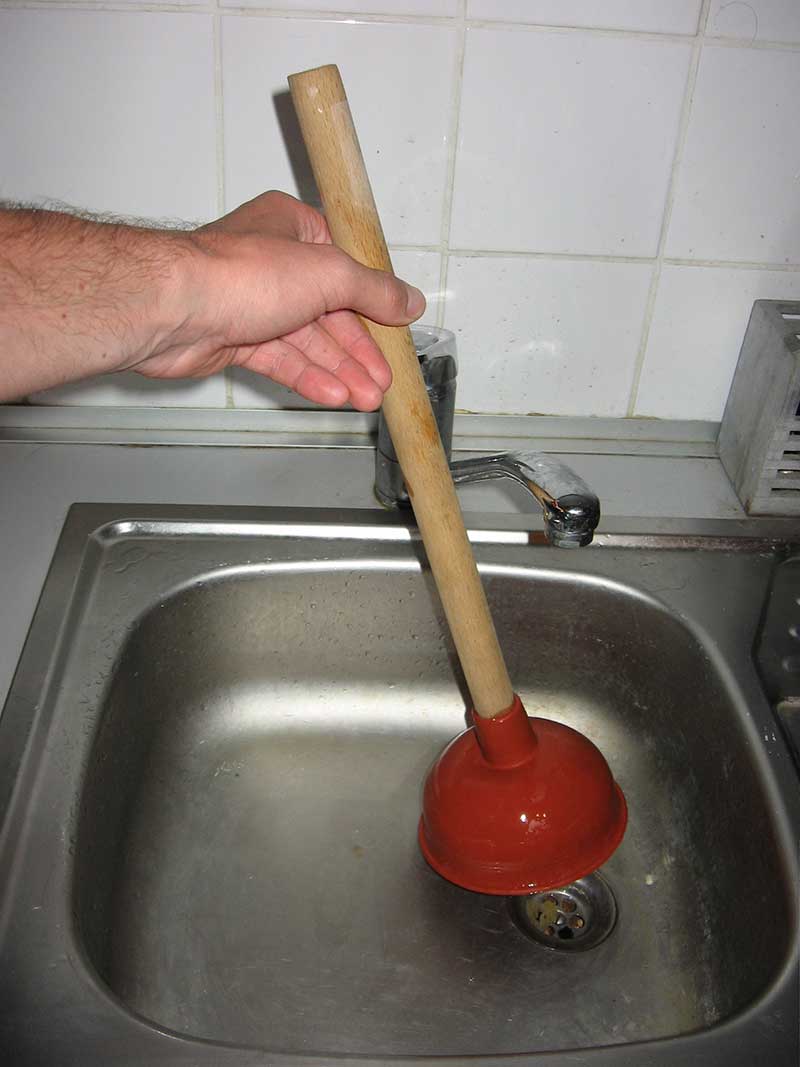

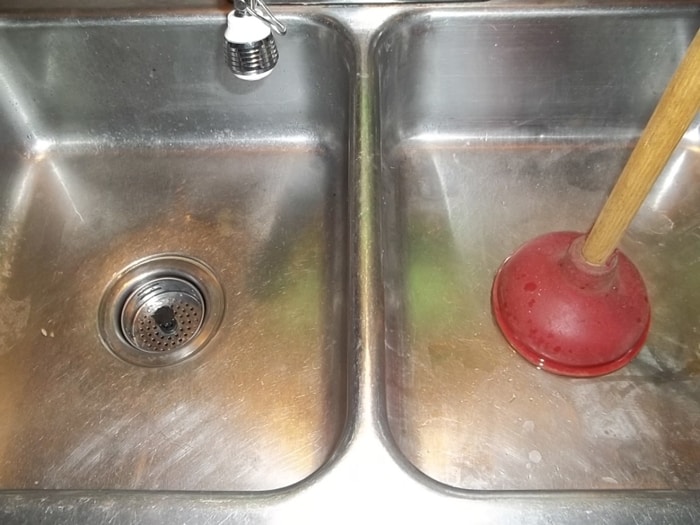
:max_bytes(150000):strip_icc()/unclogging-a-toilet-with-a-plunger-2719030_final_horizontal_10_18-d33deec2a8084e289a5427c6745a0d32.png)

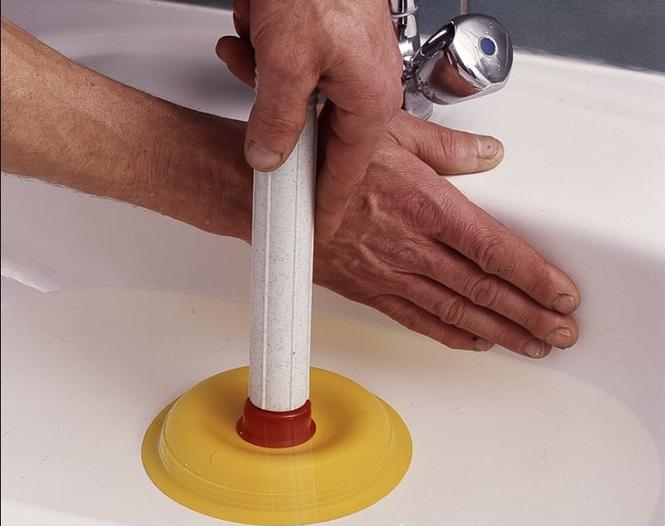



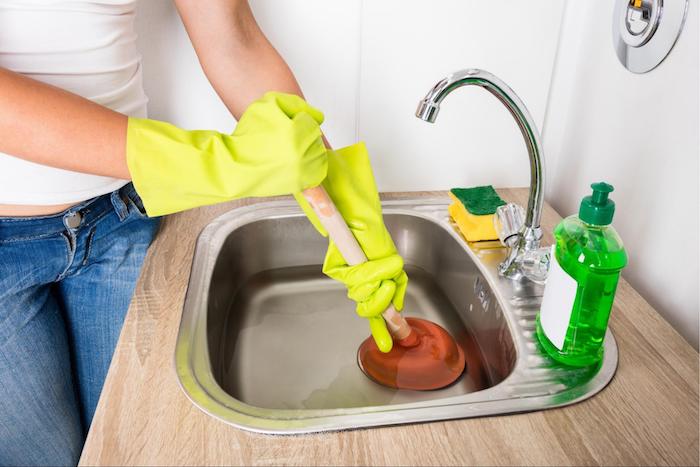





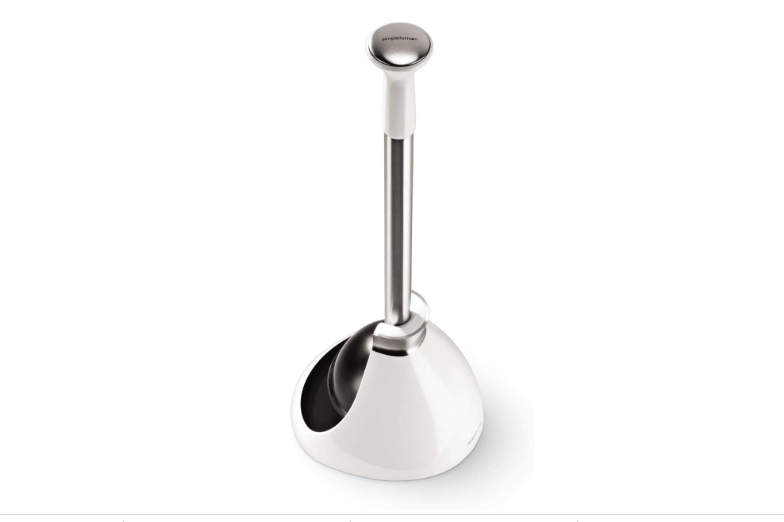

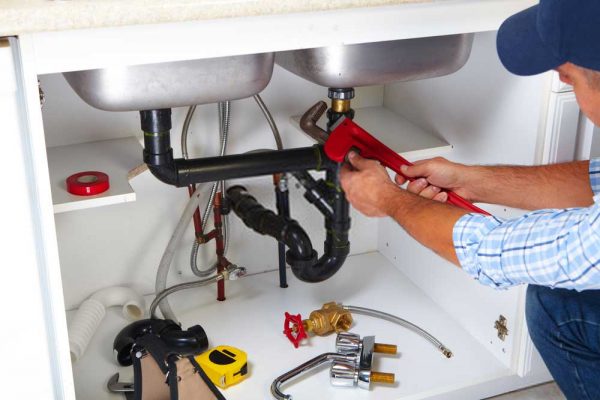
/woman-wearing-yellow-washing-up-gloves-to-unblock-sink-using-plunger-close-up-131987463-5887cfc03df78c2ccd92ec9e.jpg)







